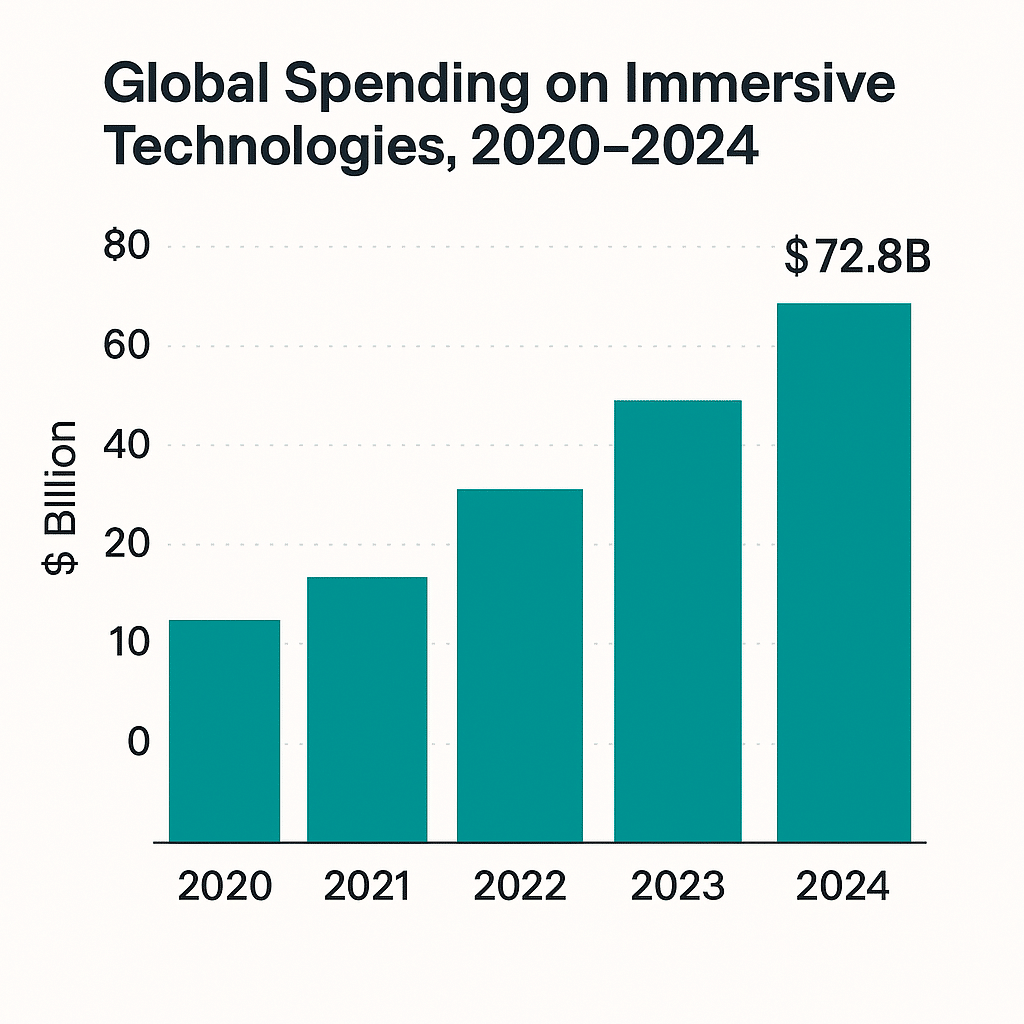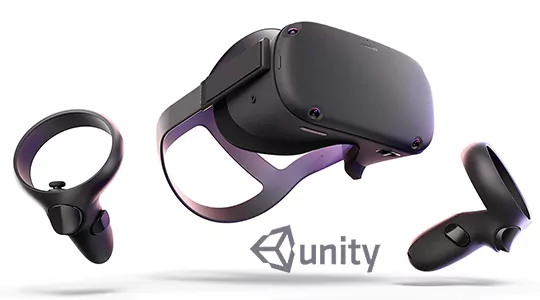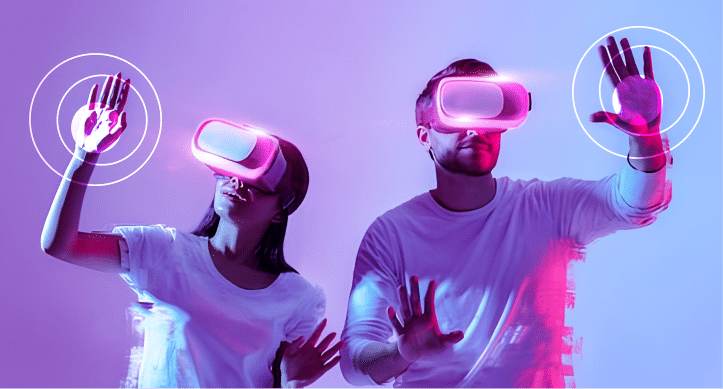Virtual reality exists beyond gaming platforms now. Business organizations worldwide are adopting VR technology at a fast pace because immersive technology spending forecasts predict a $72.8 billion market in 2024 source. An expanding demand has attracted numerous service providers who all assert their superiority in the market.

The selection of a VR partnership becomes the key factor that determines project success or failure. Selecting a VR partner requires more than stunning visuals since it requires both partnership ease and industry specifics and advanced technological abilities and extended planning outlooks. The following practical evaluation checklist presented in this blog helps you identify the best VR development company for your needs.
The guide serves as support whether you are new to VR or advancing an existing concept.
1. Define Your Goals and Project Scope
Start by defining your objectives regarding your VR project before seeking a VR partner collaboration. The organization plans to develop immersive training programs for its workforce. A product visualization tool for customers? A virtual tour for real estate clients?
The existence of structured objectives enables the identification of relevant expertise partners while establishing initial agreement between both organizations. Creating deadlines and financial goals will help you discard numerous VR partners from the outset.
2. Evaluate Technical Expertise and Portfolio
A trusted VR partnership should demonstrate their experience through various projects which match your business requirements. The evaluation process requires clients to check case study examples and speak with happy clients and experience live demos whenever possible. The portfolio demonstrates their approach to design as well as their technology skills and previous work in various sectors.
Look at their technical abilities for evaluation. The VR partner demonstrates expertise in working with tools that include Unity and Unreal Engine alongside Blender. Check if the VR development company provides creative solutions across different platforms including Oculus as well as HTC Vive and WebVR and mobile options. Additional questions about their solutions for previous project problems should never be ignored.
3. Prioritize Industry Experience
Teamwork with experts from your industry provides exceptional benefits to projects. The requirements for healthcare VR simulations include knowledge of compliance regulations and data privacy concerns since architectural visualizations must display realistic art and exact dimensions.
A VR partner with prior work experience in your industry will help you streamline development and minimize education requirements to generate superior end results together.
4. Assess Communication and Collaboration Style
A VR project requires effective communication as its foundation for success. All updates regarding your project concept and deployment should progress through direct communication channels that include continuous feedback exchanges and development cycles.
During your first meeting with a VR firm evaluate their capacity to be open and responsive alongside their ability to grasp your strategy. A fantastic partner will withhold own proposals in favor of listening closely and offering effective solutions.
5. Review Pricing and Contract Terms
The ultimate cost of developing VR applications depends on how intricately designed and large scaled the project becomes. Obtain detailed development proposals from the finalist partners that include:
Development stages and timelines
Companies should see breakdowns of their expenses for each phase of development starting with design followed by development and testing and ending with revisions.
Maintenance and post-launch support
It is essential to watch out for firms which present blanket prices or ambiguous projects. Your partnership with the best VR vendors should receive customized packages which adapt to your business requirements.
6. Check for Support and Future Scalability
After VR launch the user experience should continue. Evaluate if the company provides continuous service through bug remedies and content additions and analytics tracking. Inquiries about future scalability should be part of your evaluation to determine if the company can assist you with platform expansion and AI or IoT integration.
The established company TwinReality stands out because of its capabilities. TwinReality functions as a premier virtual reality company which provides customized solutions along with robust post-launch maintenance to keep your experience valuable over time.
7. Request a Pilot Project or Prototype
Examine small prototype testing along with a pilot project before entering into a lengthy contract agreement. The pilot operation lets you evaluate their workflow by testing their capabilities alongside your team without making significant initial investments.
Selecting this approach serves as a wise method to develop trust while ensuring your chosen partner can transform your ideas into practical results.
8. Ensure Compatibility with Hardware and Platforms

The VR system needs to function flawlessly on the intended hardware platform. Make sure your partner can enhance the performance of any VR device including the Oculus Quest together with the HTC Vive and web-based systems and work on the user interface and accessibility features.
Begin by verifying which platform your partner prefers then ensure they have worked with those specific systems beforehand.
Conclusion
Partnering with the correct VR organization requires more than looking at their prices and portfolios since you need to find a team that matches your goals and has clear communication and outstanding technical and creative capabilities. Your mission will achieve success by defining your goals with a checklist and performing research which avoids expensive mistakes in building distinctive immersive experiences.
Every aspect of the VR development process matters from establishing your objectives through prototype evaluations until continuing assistance after launch. A collaboration with TwinReality enables you to secure a strategic innovator in addition to a trusted service provider.
Take the next step confidently. This checklist should be bookmarked while you complete research and you should prepare your project to achieve success in virtual reality.


